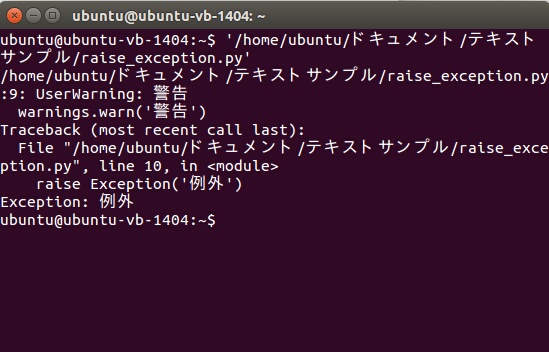

N-D labeled arrays and datasets in Python. Some features that this application includes are text wrapping and backing-up files.įor more advanced users, Gedit may seem like a basic programming application. xarray (formerly xray) is an open source project and Python package that makes working with labelled multi-dimensional arrays simple, efficient, and fun. However, the introduction of plugins has added advanced functions to the editor, making it more appealing for the advanced users.
#Gedit python format how to#
Here’s how to add commands to Gedit to format JSON and XML documents.
#Gedit python format software#
This software should be appealing to both basic users who just want a basic programming editor and advanced users who prefer a more complicated programming editor. Ensure that you have an up-to-date version of Python. It’s included with nearly every Linux distribution. Regardless of whether you are familiar with Linux or not, Gedit is an excellent choice if you are searching for a simple and powerful editor. A wide range of languages is supported by the software. Remote editing is supported by the software.

Plugins help the software appeal to more advanced users and also extend functionality. Multimedia content is not allowed to be inserted.
#Gedit python format windows#
Hello everyone welcome to my channel Linux and Windows tech. The software may seem limited without the use of plugins. Both methods use an interactive shell to access ~/.bashrc.Today I will show you how to run Python easily from Ubuntu without using any applications.You c. This gives a "status 0" message though, so the other method is better. Gnome-terminal -profile=Wait -x $SHELL -ic "python $GEDIT_CURRENT_DOCUMENT_NAME printf \"\nPress any key to continue.\"" Or, define a Terminal profile called, say, Wait, that sets Title and Command->When terminal exits: Hold the terminal open, and do this: #!/bin/sh Gnome-terminal -x $SHELL -ic "python $GEDIT_CURRENT_DOCUMENT_NAME printf \"\nPress any key to continue.\" read -n 1 -s" SOLVED: External Terminal window method: #!/bin/sh Also, I can't get rid of the "Done" message, even by using set +m or running the command in a subshell. Obviously, no input() can be given using this method, and outputting to GEdit's Embedded Terminal seems impossible. Also, for some reason, using this method always outputs the first line of the. It's just copied from ~/.bashrc, and it even has to include PySide data that ~/.bashrc should take care of. So I moved the relevant stuff I had at the end of ~/.bashrc over to this script, which is not ideal at all: #!/bin/bashĮxport LD_LIBRARY_PATH=~/.pyenv/versions/3.3.4/lib/python3.3/site-packages/PySide-1.2.1-p圓.3.egg/PySide/

Running set +m should get rid of this message, but it doesn't. This works (thanks to -i), but it gives me the "bash: no job control in this shell" warning. I wanted to get access to the pyenv settings in ~./bashrc, so I tried this External Tools script: #!/bin/bash Here's what I have via GEdit's External Tools plugin: I have a script that does this via an external Terminal window, but I'm having more trouble creating a version that uses the internal output window (Shell Output, I guess), since I can't find a good way to grab the pyenv details from the ~./bashrc file. I'd like a shortcut key for GEdit that will run the currently open.


 0 kommentar(er)
0 kommentar(er)
